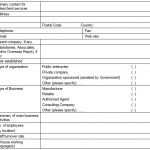The senior management of an organization uses a business impact analysis template to determine how potential disruptions would impact their key functions. With this tool, they prioritize functions for recovery during critical emergencies.
Table of Contents
What is business impact analysis?
Business impact analysis is the process of identifying the impact of disruptions to your business processes. The consequences of disruption may include the following;
- Financial loss
- Reputational loss
- Loss of competitive position
- Loss of data
- Loss of access to buildings
When you conduct a business impact analysis, you can make better-informed decisions, and appropriate responses, and assign proper resources during a non-operation period. Furthermore, it provides you with a basis for investment in recovery and prevention strategies. This analysis consists of the following steps;
- Assessing the critical business functions of the organization
- Identifying the potential disruptive impact on them
- Collecting information required to develop recovery strategies through which the resources needed to recover
BIA vs Risk Assessment
The risk assessment is conducted to determine the threats that will affect the business and reduce the chances of disasters occurring. On the other hand, the business impact analysis is conducted to build the optimum balance between recovery timescale and cost.
BIA vs Disaster Recovery Plan
One of the vital steps in disaster recovery planning is the BIA. The purpose of conducting BIA is to assess and collect information about the precise effects of the disaster on your business. The BIA allows you to state disaster recovery strategies in response to disasters.
The benefits of conducting a business impact analysis:
A BIA is a self-assessment process that can provide you with the following benefits;
- When you conduct a BIA, you can understand better which processes are mandatory to deliver your most essential products and services. This way, you can also identify the activities that must be performed.
- You can proactively strategize and allocate funds to tackle unexpected disruptions if you understand how potential roadblocks could impact your organization’s finances.
- Conducting BIA helps you understand requirements for resources, describe budget requests, and present your business continuity plan (BCP) to leadership.
- It enables the organization to get involved in business continuity planning. Moreover, it allows each head of a business unit to assess operations.
- This analysis provides a layout of strategies that help you to prevent and respond to business disruptions.
What to include in a BIA template?
An effective BIA template should include the following;
- A detailed report on;
1- Prioritized critical business functions
2- Classification of criticality
3- Tolerable limits
4- Restoration priority - Impact analysis of unavailable business functions.
- The problems and disruption caused by their unavailability
- Minimum resources required to recover the prioritized critical business functions
BIA Report Template
Example of Business Impact Analysis Template Excel
Business Impact Analysis Report
Business Impact Analysis (BIA) Template Word
Business Impact Analysis Document
Business Impact Analysis Questionnaire
Business Impact Analysis Template Excel
Business Impact Analysis Template for Information Technology
Practical Approach To Business Impact Analysis
Recovery Business Impact Analysis Report
How to conduct a business impact analysis?
Consider the below-mentioned four steps to conduct an effective BIA;
Plan your BIA process
To plan your BIA process, you should consider a BIA itself as a project that has to be planned. Likewise a regular project, draft a project plan that indicates how you will approach your BIA. It may include;
- The scope of the analysis
- The objectives of your BIA
- The stakeholders you’ll work with
- A clear way forward for your BIA
- The responsibilities of stakeholders
Organize the different pieces of your business impact analysis in your plan to make it easier for your team members to find and understand the information they need.
Gather information
You need to understand how critical business processes work before predicting the consequences of business disruptions. It’s important to talk with someone closer to the work after having a bird’s-eye view of processes and understanding big-picture requirements. Additionally, gather the following information to conduct an effective BIA;
- How do the key business processes work
- Inputs and outputs of the process
- Resources and tools needed
- Duration of the process
- End-users of the process
- Potential disruptions to the process
- Financial and operational impacts of such threats
There are two methods to gather the information;
- Set up interviews with stakeholders
- Create a business impact analysis questionnaire and share it with stakeholders to complete.
Analyze your data
Start your analysis after gathering information about each business process. Consider the following pointers;
- Create a list of critical business functions and prioritize them so that you know which processes you need to start first when disruptive events occur.
- Include team members, technology, and physical resources to operate each process successfully. You can more easily prioritize resource allocation after knowing which resources are essential.
- For your disaster recovery plan, create an accurate timeline and budget. That way, you can get things back on track more quickly.
Create your report
After analyzing your data, creating a business impact analysis report is the final step. With this report, you can make data-backed recovery strategies depending on input from process experts. Hence, your report is a way to communicate your findings to company leadership. Also, it enables them to draft the best plan to get your business back on track.
FAQ’s
There are three stages of BIA;
1- Identification
2- Assessment
3- Response
The 5 essential elements of a BIA are;
1- Executive Sponsorship
2- Understanding the Organization
3- BIA Tools
4- BIA Processes
5- BIA Findings
Here are the steps;
1- Define objectives, goals, and scope
2- Assemble a team
3- Prioritize business processes
4- Collect data through questionnaires
5- Review collected data
6- Create a BIA report
7- Build recovery and continuity plans
8- Modify as required

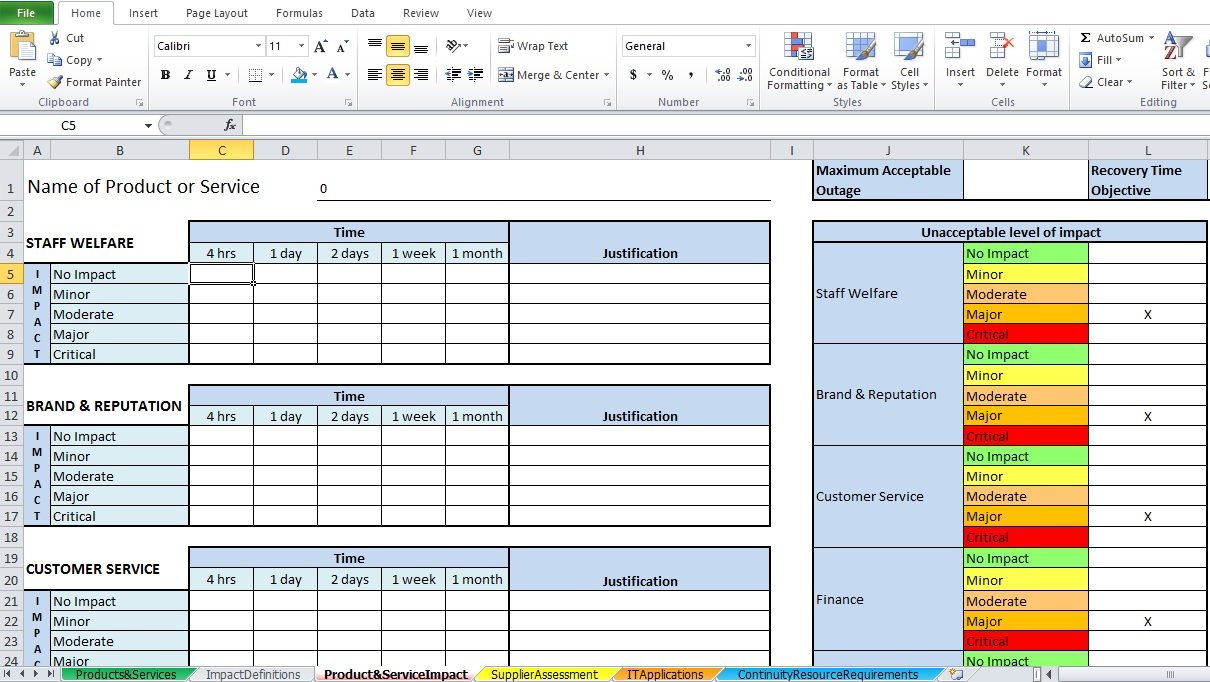
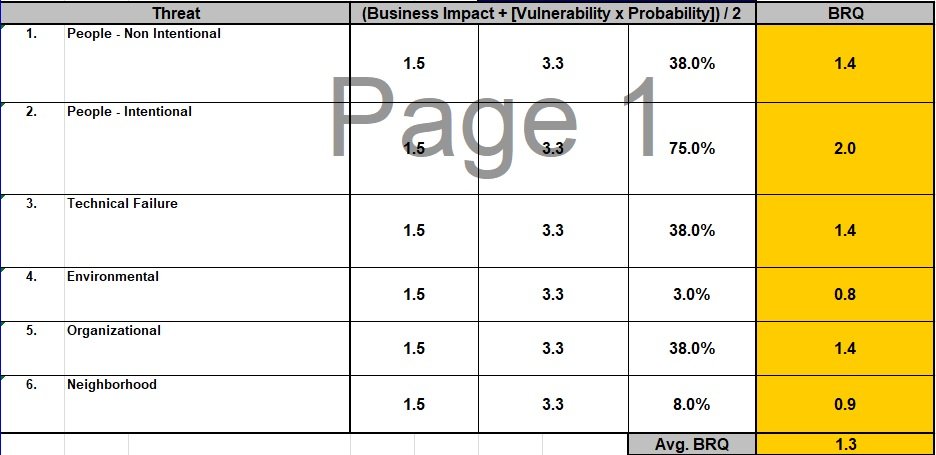
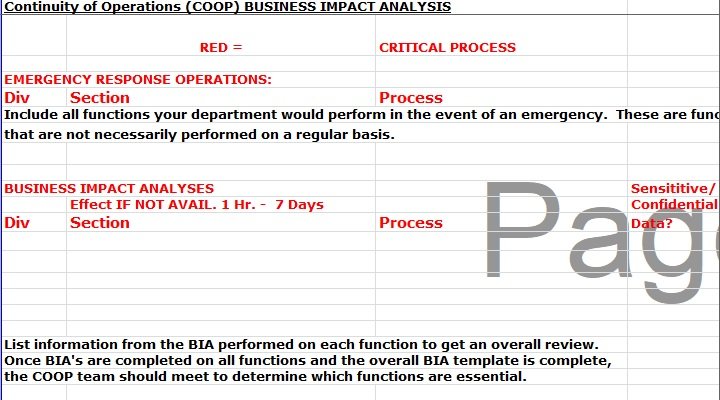
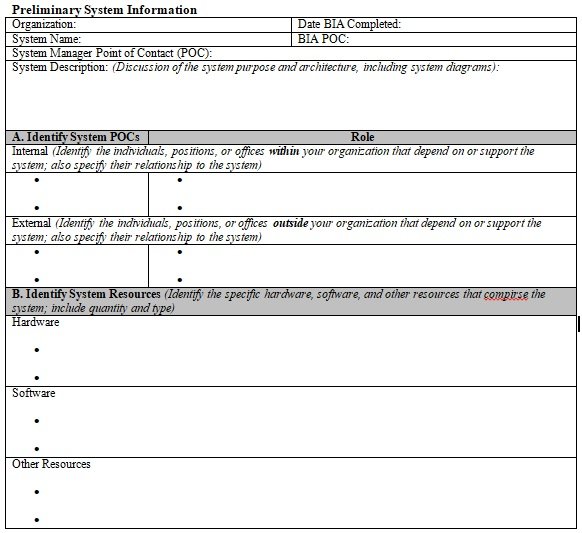
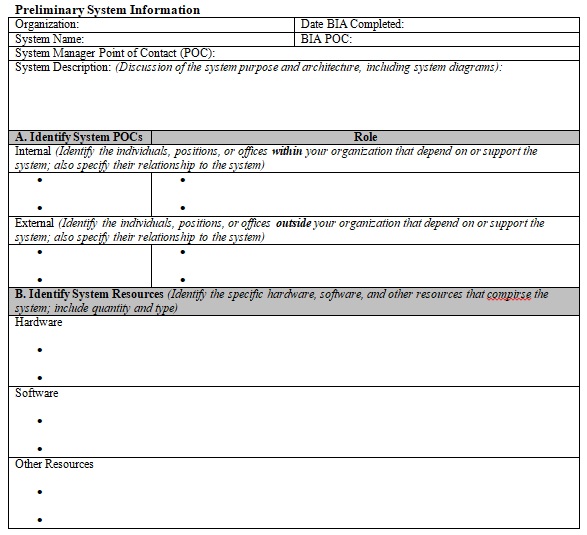


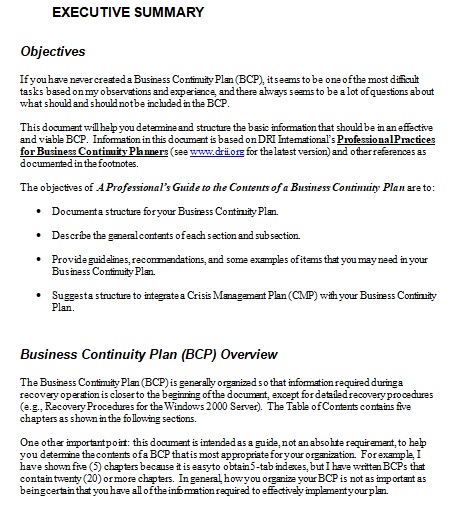
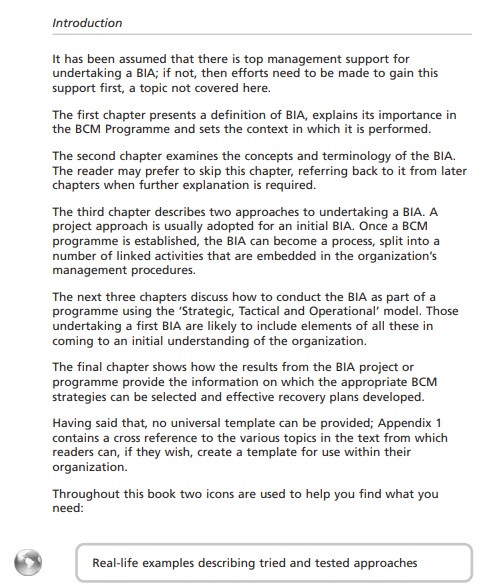
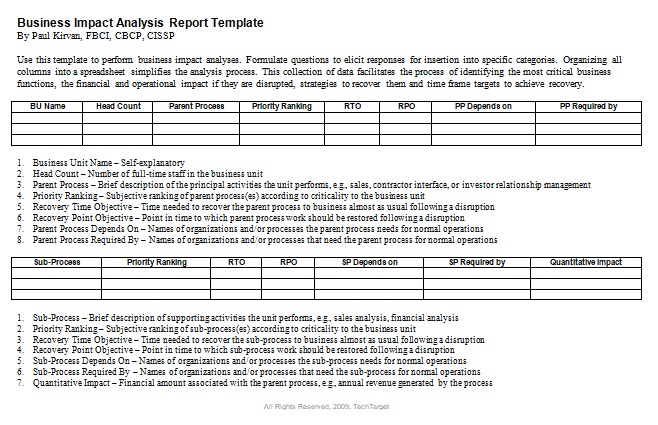


![Free Mortgage Lien Release Form (Satisfaction of Mortgage) [Word / PDF]](https://exceltmp.com/wp-content/uploads/2023/03/free-mortgage-lien-release-form-150x150.jpg)
